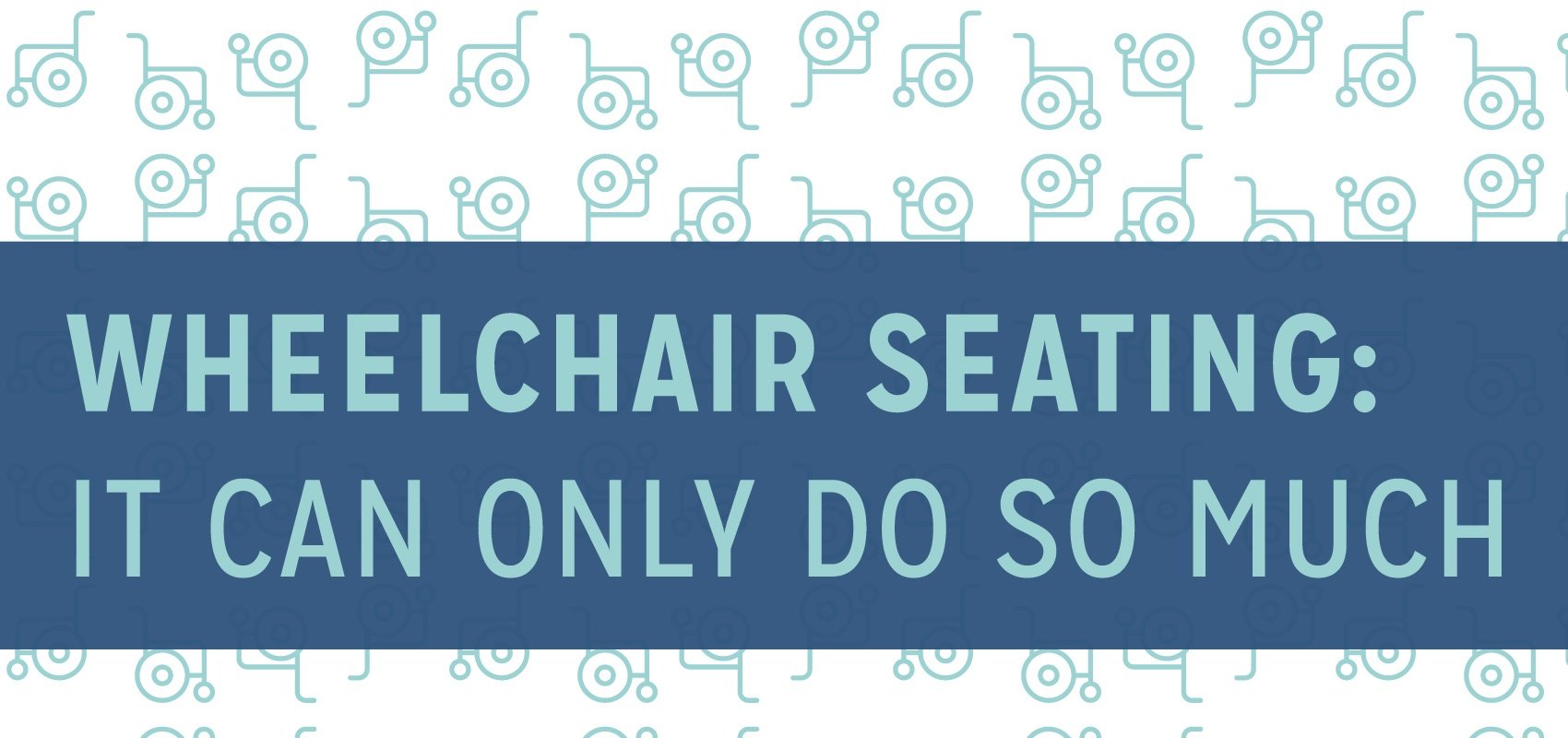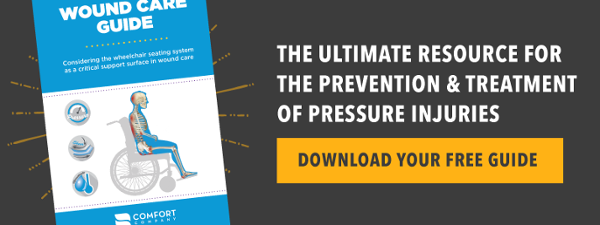Part 1 in our series 24 Hour Positioning: Why Wheelchair Seating Can Only Do So Much by guest author Tamara Kittelson-Aldred, MS, OTR/L, ATP/SMS.
As an occupational therapist working in seating and mobility for 30 years, I watched the posture of many clients deteriorate over time despite my endeavors. I used to ask myself what I was missing. Children who were born with beautiful, symmetrical bodies developed windswept pelvis/hips, flattened chests and scoliosis as they approached and entered adolescence. Formerly symmetrical, functional adults with progressive neurological conditions suffered the same fate. While working hard to provide state of the art wheelchair seating and standing frames, I wondered why those efforts failed.
In the context of wheelchair seating and positioning we talk a lot about posture. We have access to wonderful products that are designed to support proper wheelchair positioning for our users. Our skills as practitioners and advances in seating products bring huge benefits to our clients.
But, I believe we are missing an important piece of the wheelchair seating puzzle.

As human beings we spend time in three postural orientations – sitting, standing (if we are able) and lying. Wheelchair seating is all about sitting and functioning well in that position. Standing has huge therapeutic benefit for many wheelchair users and is often recommended by practitioners. But seriously analyzing a person’s lying posture and doing something about it? That is another story and not commonly done in the United States. During the mat assessment we evaluate range of motion, tone, skin condition and postural tendencies in lying and sitting, because these help us understand the root of postural problems as we develop seating interventions. But recognizing the incredibly strong link between lying and sitting posture is often not on the radar. Never mind an intervention to address posture outside of the wheelchair.

We are missing a crucial piece of a person’s life when we do not discover, analyze and address time spent outside of the wheelchair. Think about it – when it comes to gravity, we are essentially the filling in a “human sandwich!” This term was coined by Noreen Hare in the 1970s (HAFPA) and refers to the fact that we human beings are sandwiched between a support surface and the forces of gravity all the time – regardless of our postural orientation. Caring for the posture of people with motor deficits 24 hours per day is pretty new in North America, but it has been discussed and developed in other places for more than 40 years (Gericke, 2006; Pope, 2007).
Once we begin thinking this way, we realize that gravity is constantly affecting us not only in sitting and standing – but also in lying. While we focus concerns about posture on the body’s response to gravity in sitting, we are missing the fact that many people spend at least 1/3 of their time lying down to sleep or rest.
The question is, are we ready to take this seriously?
References
Fulford, G.E., Brown, J.K. (1976). Position as a cause of deformity in cerebral palsy. Developmental Medicine and Child Neurology, 18, 305-14.
Gericke, T. (2006). Postural management for children with cerebral palsy: Consensus statement. Developmental Medicine & Child Neurology, 48(04), 244.
Hare Association for Physical Ability. Accessed June 2017.
Hill S., Goldsmith J. (2010) Biomechanics and Prevention of Body Shape Distortion. Tizard Learning Disability Review, 15 (2), 15-29.
Montana Postural Care Project. https://posture24-7.org/. Accessed June 2017.
Pope, P. (2007) Severe and Complex Neurological Disability: Management of the Physical Condition. Butterworth-Heinemann Publishers.
Bed Icon made by Cursor Creative from www.flaticon.com
Sitting and Standing Icons made by Pixel Perfect from www.flaticon.com
Tamara Kittelson-Aldred, MS, OTR/L, ATP/SMS
Project Director - Posture 24/7
Tamara Kittelson-Aldred is an occupational therapist, Assistive Technology Professional/Seating and Mobility Specialist. She earned certificates in advanced postural care through the Open College Network West Midlands in England. She directs the Montana Postural Care Project, promoting postural care and responsible wheelchair provision. Kittelson-Aldred has written and presented on these topics in the United States, Jordan, Peru, and Colombia and has served individuals with complex neurodisabilities in Montana since 1983. She credits her daughter Eleanore, born with cerebral palsy and profound deafness, as her best teacher.

